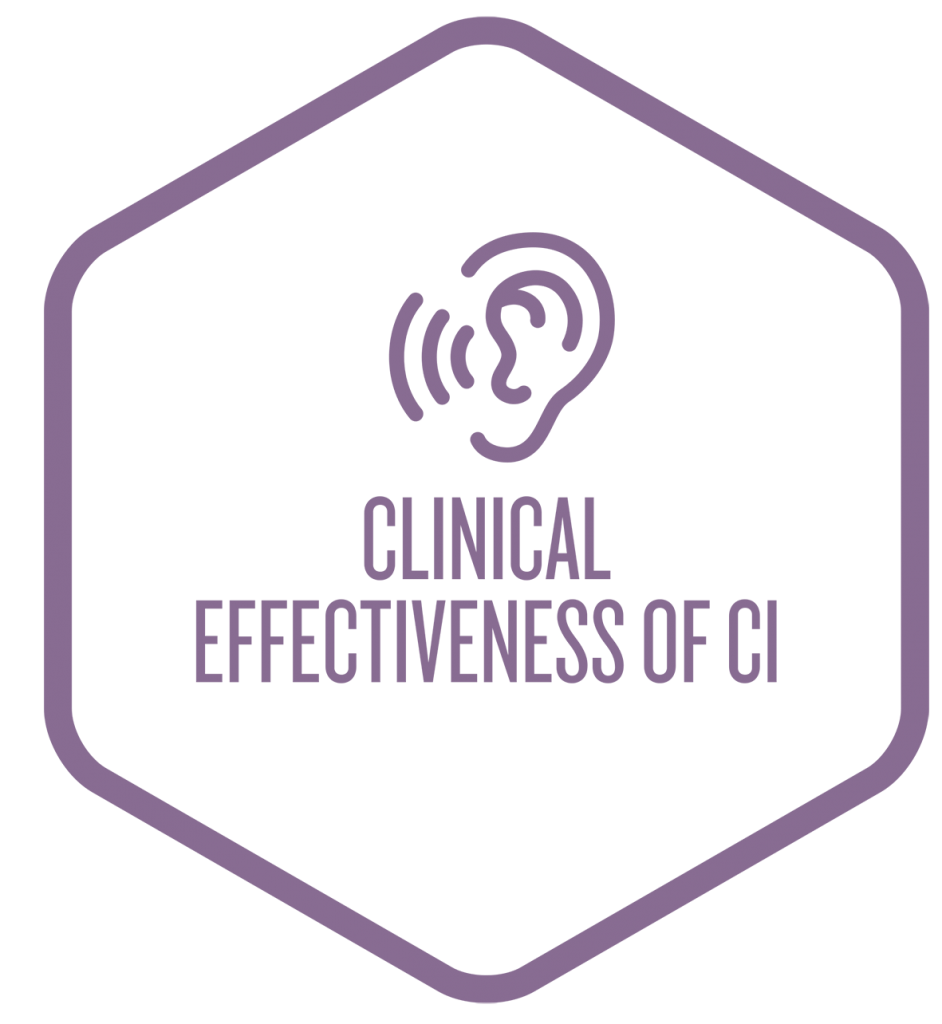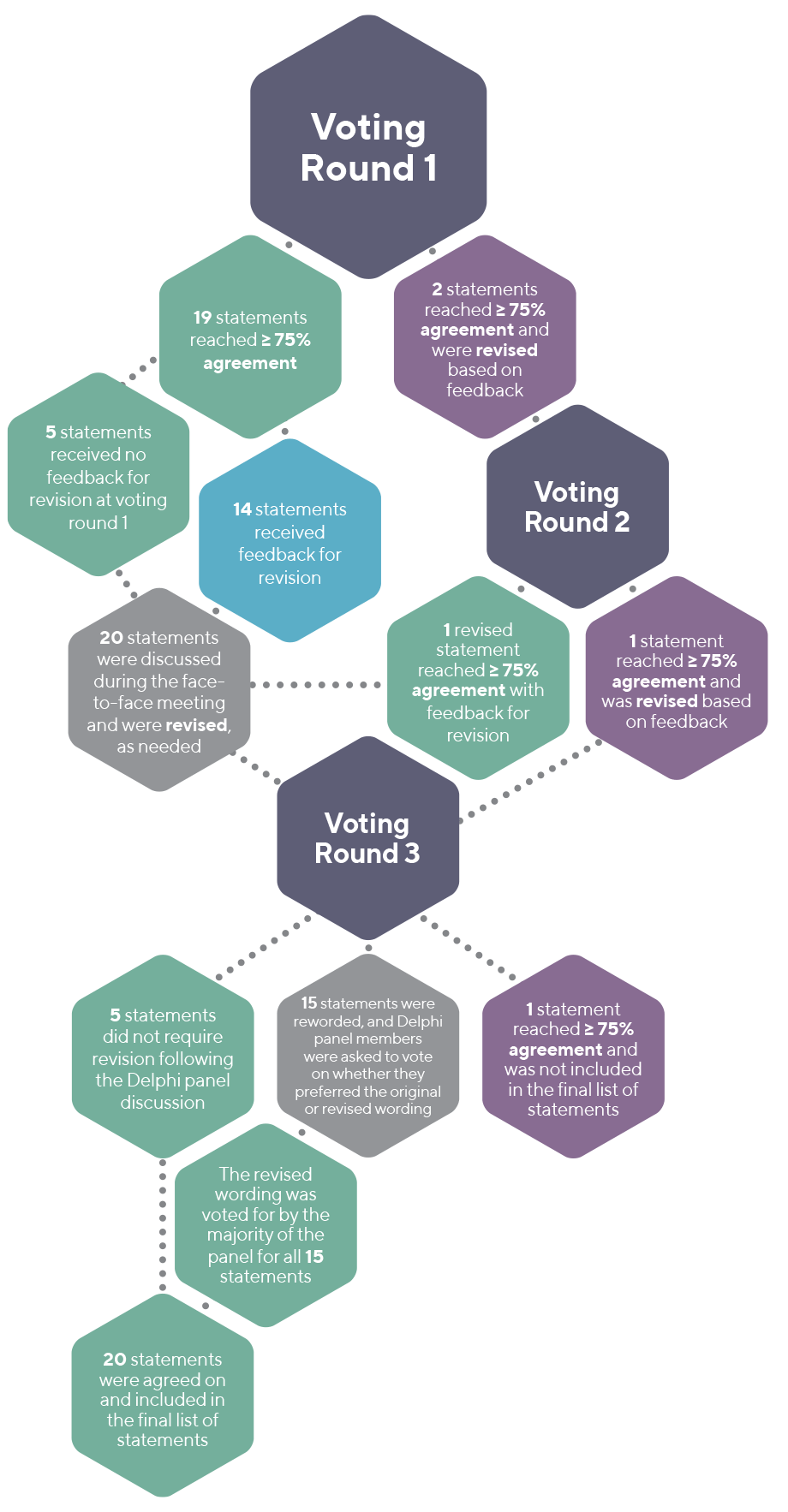“The Delphi consensus panel is a group of professional otolaryngologists and audiologists from around the globe working in the area of cochlear implantation and care for patients with profound, or moderate to profound, sensorineural hearing loss.” – Professor Craig Buchman.
The first global consensus on the use of cochlear implants for the management of bilateral severe, profound, or moderate sloping to profound hearing loss in adults was published in the Journal of The American Medical Association on the 27th August 2020.
According to Professor Craig Buchman, Chair of the Consensus Delphi Process Steering Committee and Head of Otolaryngology – Neck Surgery, Washington University School of Medicine, U.S., the consensus is a major landmark in the treatment of hearing loss.
“The International Consensus Paper is the culmination of a systematic review and a consensus process, put together to inform steps towards establishing clear and consistent guidelines, and best practices for the evaluation and management of patients with moderate to profound, or worse, sensorineural hearing loss, including cochlear implants and their aftercare, so they can reach their optimal hearing outcome and attain the best quality of life.” – Professor Gerard O’ Donoghue, Steering committee member of the Consensus Delphi Process and Professor of Otology and Neurotology, University of Nottingham, UK.
The International Consensus Paper covers seven categories across the whole care path. Representatives from seven CI user and professional advocacy organisations provided comments throughout the process. One of the representatives, Dr. Harald Seidler, President of the German Hard of Hearing Association and CI user, described the consensus as a call to action for those involved in organising, delivering and receiving hearing health care.
“Globally, for up to 53 million hard of hearing people hearing aids might not be enough. The consensus empowers them to explore their opportunities with cochlear implant treatment” added Dr. Harald Seidler.



